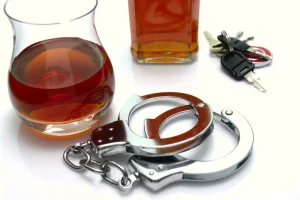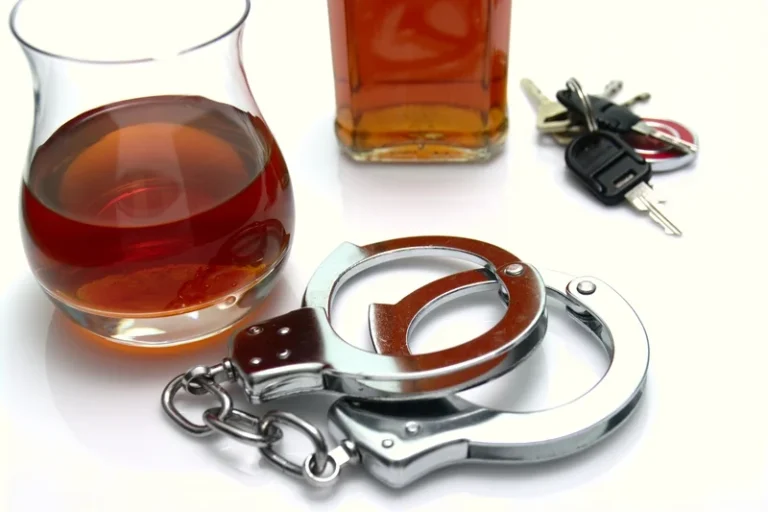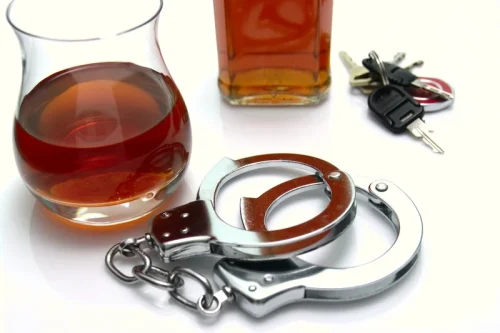
Playing risky sports, such as hockey, soccer, football, skiing, gymnastics, or ice skating. These activities increase your chance of getting an injury that causes you to bleed. Atrial fibrillation is one of the most common heart rhythm problems. If you don’t treat it, you are at a higher risk of having a stroke.


Remember, when it comes to your health, it’s better to be safe than sorry. Long-term effects of excessive alcohol consumption can be detrimental to blood and heart health. Both high blood pressure and is alcohol a blood thinner heart disease risk are increased in people who use the substance in excess for an extended period. These are just a few questions asked by patients to their physicians. Some studies have shown that in moderation, wine is actually a heart-healthy form of alcohol.
According to a study indicated by the American Blood Clot Association, the alcohol content in 1 or 2 drinks may reduce blood clotting time and amplify the anticoagulant effect of Eliquis. This effect can be quite concerning, especially when considering the prolonged presence of Eliquis in the body due to alcohol consumption. Interestingly, heavy alcohol consumption tells a different story. It can raise your risk of blood clots by increasing your platelet count and activating blood platelets, making them more prone to spontaneous clotting. Understanding the contrasting effects of moderate and heavy alcohol consumption on blood clotting is vital.

People taking blood thinners are cautioned against drinking alcohol, but research has found that it is generally safe when done so infrequently and in moderation. Speak to a healthcare provider before drinking alcohol while on blood thinners. The effects of alcohol consumption on blood pressure and heart rate can last up to 13 hours after drinking, and its effects on heart rate can last up to 24 hours after drinking.

People with alcohol use disorder (AUD) have a reduced ability to manage or stop alcohol consumption despite the negative consequences. Alcohol is a legal psychoactive substance that can be enjoyed responsibly by adults who are of the legal drinking age of 21 or older. Delve into the significant variances between paroxysmal atrial fibrillation (AFib) and persistent AFib, considering their implications on cardiac health. Understand the diverse management strategies for each type of AFib and how this knowledge plays a crucial role in determining the most effective treatment approaches for individuals with these conditions. By comprehensively grasping the nuances of paroxysmal and persistent AFib, healthcare providers can tailor treatment plans that address the specific needs of patients, ultimately improving outcomes and quality of life. Explore effective methods to manage atrial fibrillation (AFib) post-ablation procedure.
This physiological response primes a person to be alert and ready to act. Alcohol can cause an increased release of cortisol and, in turn, higher blood pressure and a faster heartbeat. But in people who drink heavily, there can be a rebound effect in which the bleeding risk increases, even after they’ve stopped drinking.
Others claim benefits that moderate intake of alcohol can act somewhat like a blood thinner in the body. It can be suggested to them, that alcohol does affect blood clotting processes, but not in the way some might think. The review authors highlighted that previous research has suggested drinking significant amounts of alcohol every day has links to a higher risk of developing high blood pressure. They also discussed studies that indicated higher levels of alcohol consumption have associations with an increased risk of stroke, atrial fibrillation, and heart failure.